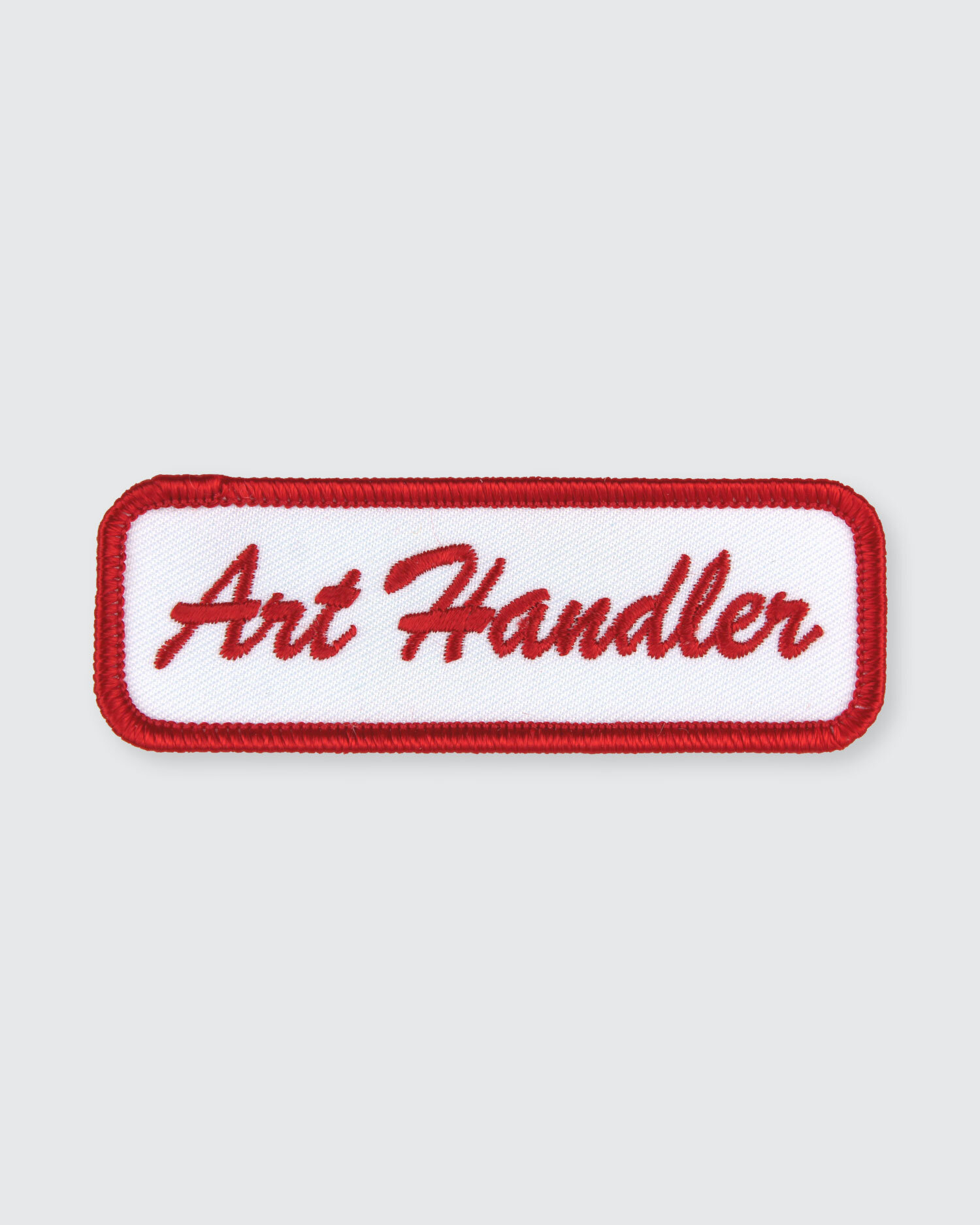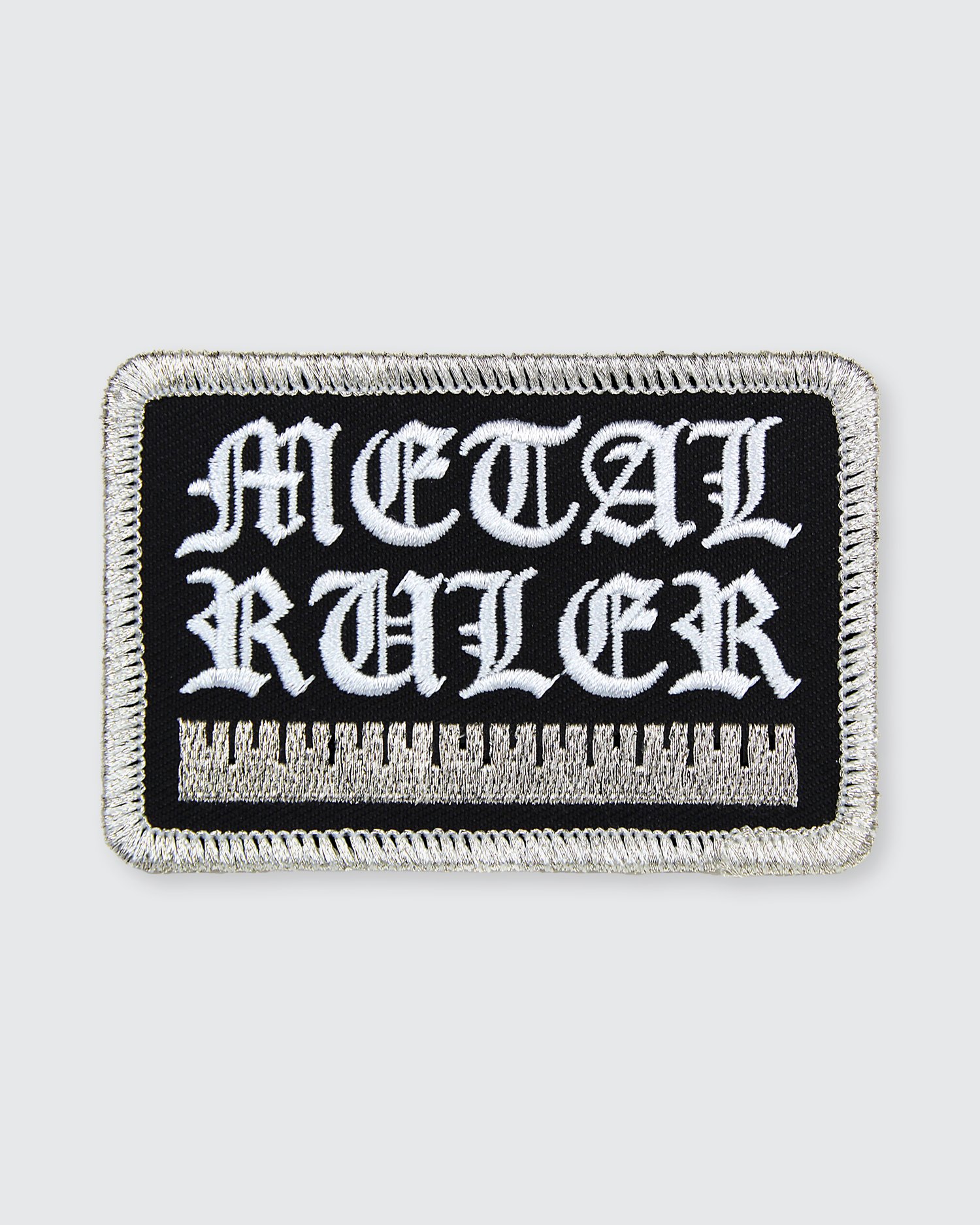- Shop
- Caution Wet Paint • Patch
Caution Wet Paint • Patch

Caution Wet Paint • Patch
2.2" x 3"
Yellow Twill with Embroidery
Merrowed Edge
Iron on Backing
In the early 20th century, painters would use sticks or other objects to cordon off freshly painted areas. However, in 1925, a paint company called Red Devil introduced the first "Wet Paint" sign. The signs caught on quickly and have become a common sight in many cultures and countries. Did you know that in Japan, they use "Fresh Paint" signs instead of "Wet Paint" signs? They believe that the warning should be stronger than just "wet." In New York, building owners are required to put up "Wet Paint" signs to ensure the safety of passersby. So next time you're out and about, keep an eye out for these helpful signs. And remember, "Better safe than sorry."
2.2" x 3"
Yellow Twill with Embroidery
Merrowed Edge
Iron on Backing
In the early 20th century, painters would use sticks or other objects to cordon off freshly painted areas. However, in 1925, a paint company called Red Devil introduced the first "Wet Paint" sign. The signs caught on quickly and have become a common sight in many cultures and countries. Did you know that in Japan, they use "Fresh Paint" signs instead of "Wet Paint" signs? They believe that the warning should be stronger than just "wet." In New York, building owners are required to put up "Wet Paint" signs to ensure the safety of passersby. So next time you're out and about, keep an eye out for these helpful signs. And remember, "Better safe than sorry."










